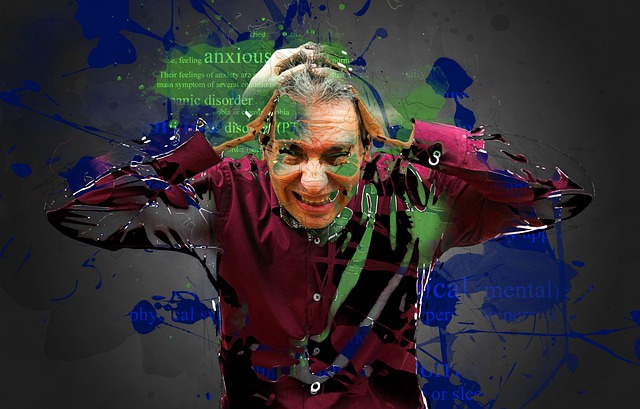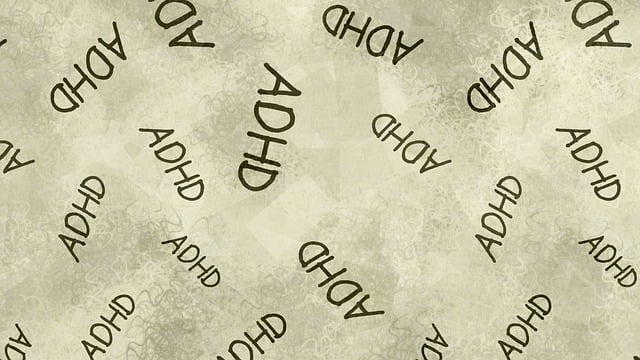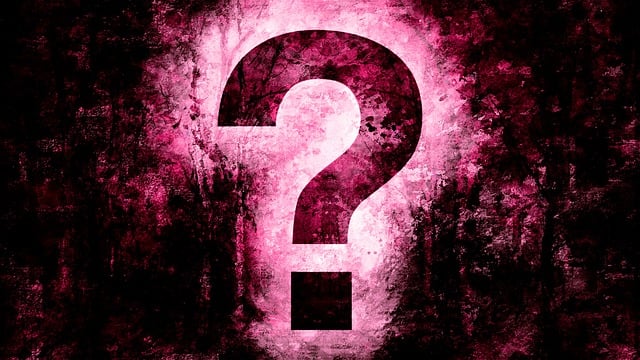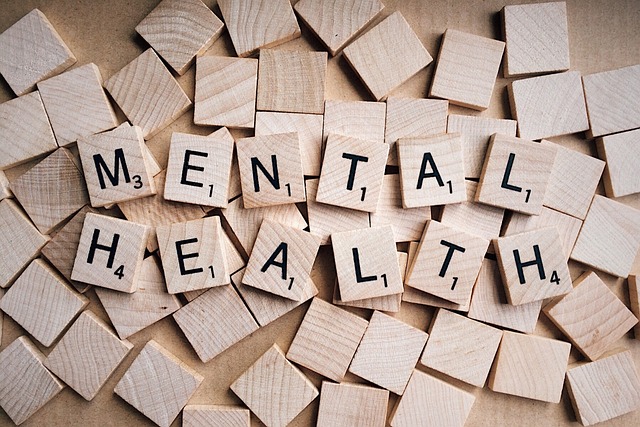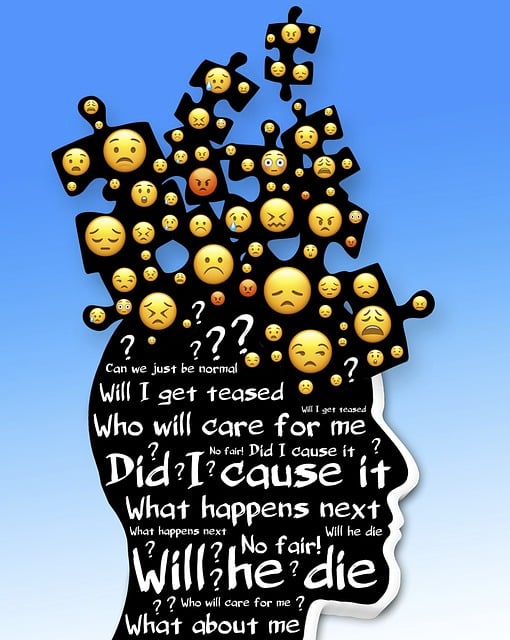Centennial Adolescent and Teen Therapy tackles mental health stigma through early intervention, education, and supportive communities. Their podcast series and community outreach program normalize conversations, while therapy sessions and support groups foster resilience and self-acceptance among teens, reducing burnout and promoting healthy coping mechanisms. By prioritizing mental wellness, Centennial Adolescent and Teen Therapy empowers young individuals to seek help without fear of judgment, contributing to improved overall well-being.
Mental illness stigma remains a significant barrier to seeking help, with profound effects on adolescents. This article explores strategies to reduce this pervasive social construct, focusing on its impact and tailored approaches for young people. We delve into evidence-based methods such as education campaigns, peer support, and access to therapy services, emphasizing the vital role of Centennial Adolescent and Teen Therapy in fostering a more inclusive society. By understanding stigma’s reach, we can create supportive environments encouraging mental wellness.
- Understanding the Impact of Stigma on Mental Health
- Strategies for Challenging Stigma in Adolescent Populations
- The Role of Therapy and Support Groups in Reducing Stigma
Understanding the Impact of Stigma on Mental Health

Stigma surrounding mental health issues can have profound effects on individuals and communities alike. When society stigmatizes mental illness, it often leads to hidden struggles, isolation, and a reluctance to seek help. This internalized shame can contribute to prolonged suffering and impede progress towards recovery for many adolescents and teens. At Centennial Adolescent and Teen Therapy, we recognize that breaking down these barriers is crucial for fostering mental wellness in younger generations.
The impact of stigma extends beyond the individual; it affects societal progress as well. It discourages open conversations about mental health, hinders access to effective treatment, and perpetuates a cycle of misunderstanding. By promoting self-care practices and developing mental wellness coaching programs, we aim to empower teens and young adults to manage their mental health proactively. Through education and support, we can prevent burnout and encourage the adoption of healthy coping mechanisms, ultimately reducing the impact of stigma on mental health outcomes.
Strategies for Challenging Stigma in Adolescent Populations

Stigma surrounding mental illness can significantly impact adolescents, often leading to delayed access to support and treatment. To challenge this, Centennial Adolescent and Teen Therapy focuses on early intervention and education. Their Mental Wellness Podcast Series Production provides an accessible medium to discuss various mental health topics, normalizing conversations and reducing the social distance between peers and professionals. This strategy aims to empower young individuals to recognize their feelings and seek help without fear of judgment.
Furthermore, building community through Community Outreach Program Implementation is vital. By engaging schools, youth centers, and peer support groups, therapists can foster an environment where mental wellness is prioritized. Encouraging open dialogue about personal struggles and promoting confidence-boosting activities helps to break down internalized stigma. These efforts collectively contribute to a more supportive ecosystem, enabling adolescents to navigate their mental health journeys with resilience.
The Role of Therapy and Support Groups in Reducing Stigma

Therapy and support groups play a pivotal role in reducing the stigma surrounding mental illness, especially among adolescents and teens. Centennial Adolescent and Teen Therapy, for instance, focuses on creating safe spaces where individuals can openly discuss their experiences without fear of judgment. Through individualized therapy sessions, teenagers learn coping strategies tailored to their unique challenges, fostering self-acceptance and resilience.
Moreover, support groups facilitated by mental health professionals offer peer-to-peer connections, enhancing cultural sensitivity in mental healthcare practice. By sharing stories and providing mutual support, these groups challenge societal norms and stereotypes associated with mental illness. Depression prevention becomes more effective as participants gain insights into their conditions, encouraging proactive self-care. Additionally, conflict resolution techniques taught within these settings empower individuals to navigate interpersonal challenges, promoting healthier relationships and a supportive network that contributes to overall well-being.
Mental illness stigma is a pervasive issue, yet with concerted efforts, significant progress can be made. By understanding the profound impact of stigma on mental health, implementing targeted strategies like those discussed for adolescent populations, and leveraging therapeutic interventions and support groups, we can foster a more inclusive society. Organizations like Centennial Adolescent and Teen Therapy play a crucial role in navigating this complex landscape, offering specialized care to reduce stigma and promote better mental well-being among young people. Together, these steps can lead to a future where mental health is treated with the same compassion and understanding as physical health.
